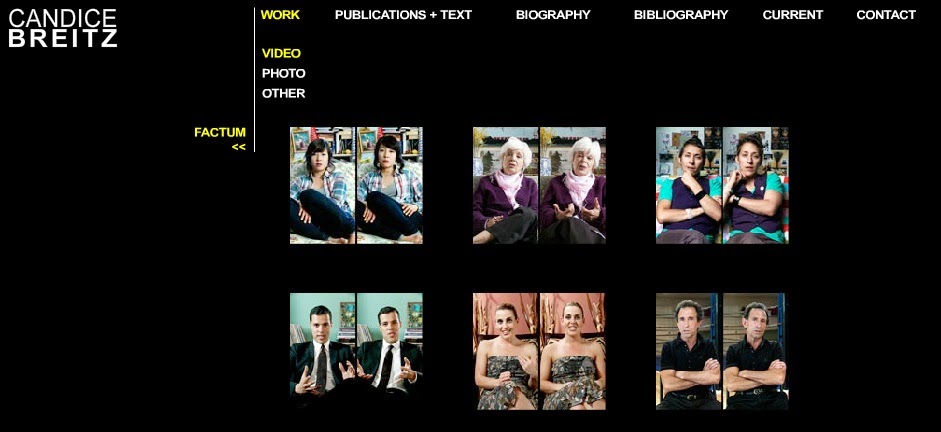Thursday, 28 August 2014
foundation craftivism links
Craftivism Definition
THE SHORT VERSION
Craftivism is a way of looking at life where voicing opinions through creativity makes your voice stronger, your compassion deeper & your quest for justice more infinite.
THE LONG (ENCYCLOPEDIA) VERSION
Craftivism is the practice of engaged creativity, especially regarding political or social causes. By using their creative energy to help make the world a better place, craftivists help bring about positive change via personalized activism. Craftivism allows practitioners to customize their particular skills to address particular causes.
Craftivism is an idea whose time has come. Given the states of materialism and mass production, the rise of feminism, and the time spanned from the Industrial Revolution, the beginning of the 21st century was the right time for the evolution of such an idea. Instead of being a number in a march or mass protest, craftivists apply their creativity toward making a difference one person at a time.
Through activities such as teaching knitting lessons, crocheting hats for the less fortunate, and sewing blankets for abandoned animals, craftivism allows for creativity to expand previous boundaries and enter the arena of activism. In the pre-Industrial Revolution era, craft skills were needed to clothe the family and maintain a working household. As mass production increased, there became no need to knit sweaters for winter warmth or weave baskets to hold vegetables. Crafts were bypassed by modernity.
The do-it-yourself spirit was stifled in the area of wardrobe creativity, and post-9/11, a rising sense of hopelessness to change anything in the world was unleashed. Feminism was still heavily rooted in theory and strength, but enough time had spanned between the economic and social disparities between women and men in the 1970s that women began to look again at domesticity as something to be valued instead of ignored. Wanting to conquer both a drill and a knitting needle, there was a return to home economics tinged with a hint of irony as well as a fond embracement.
The term craftivism surfaced in the first few years of the 21st century and gained an online presence with the website Craftivism.com in 2003 to promote the symbiotic relationship between craft and activism. After craft skills such as knitting regained popularity, the idea emerged that instead of using solely one’s voice to advocate political viewpoints, one could use their creativity.
By advocating the use of creativity for the improvement of the world, craftivists worldwide taught knitting lessons, sewed scarves for battered women’s shelters, and knitted hats for chemotherapy patients. In a world that was growing increasingly large and unfamiliar, craftivism fought to bring back the personal into our daily lives to replace some of the mass produced. In promoting the idea that people can use their own creativity to improve the world, craftivism allows those who wish to voice their opinions and support their causes the chance to do just that…but without chanting or banner waving and at their own pace.
-Betsy Greer,
“Craftivism.” Encyclopedia of Activism and Social Justice. 2007. SAGE Publications.
“Craftivism.” Encyclopedia of Activism and Social Justice. 2007. SAGE Publications.
Monday, 25 August 2014
Judy Tadman
Wednesday, 20 August 2014
Friday, 8 August 2014
Monday, 4 August 2014
Who am I? Where do I come from?
 |
| Paul Gauguin Where Do We Come from? What Are We? Where Are We Going? |
FACTUM
Candice Breitz
Candice Breitz
Isabel Marant
David Patrick
Monday, 19 May 2014
Professor Corrine Greyling
We are very fortunate to be having an introductory lecture by Prof Corinne Greyling from Technology Station in Clothing and Textiles, on technical textiles, conductive fibres and nanotechnology.
Professor Corrine Greyling was very fortunate to meet Prof MacDiarmid when she was working at Drexel University in Philadelphia for 3 months in 2001. He was co-supervising some of the Drexel students graduate studies on electrospinning polyaniline into non-wovens. There is a small chapter on electrospinning polyaniline and cyclic voltammetry measurements her PhD thesis (see download at http://scholar.sun.ac.za/
Professor Greyling will be presenting the following:
1 Metal fibres (extruded from metal wire)
2 Metal fibres made from metal alkoxy precursors using sol-gel technology.
3 Metal coated fibres using dipping and sol-gel technology.
4 Conductive polymer fibres such as doped polyaniline or polyacetylene.
Wednesday, 9 April 2014
Useful Fair Isle Knitting sites
http://knitting.about.com/od/knittingskills/ss/fair-isle.htm
http://www.theknittingsite.com/patterns/45a4portrait.pdf
http://isconder.com/knitting-grid-pattern/
http://www.berroco.com/patterns/grid
http://www.pictureknitting.com/knit_chart.html
http://www.theknittingsite.com/knitting-graph-paper/
http://www.theknittingsite.com/patterns/45a4portrait.pdf
http://isconder.com/knitting-grid-pattern/
http://www.berroco.com/patterns/grid
http://www.pictureknitting.com/knit_chart.html
http://www.theknittingsite.com/knitting-graph-paper/
Monday, 7 April 2014
Sunday, 6 April 2014
Subscribe to:
Posts (Atom)



.JPG)
.jpg)














.jpg)



















.jpg)
.jpg)







